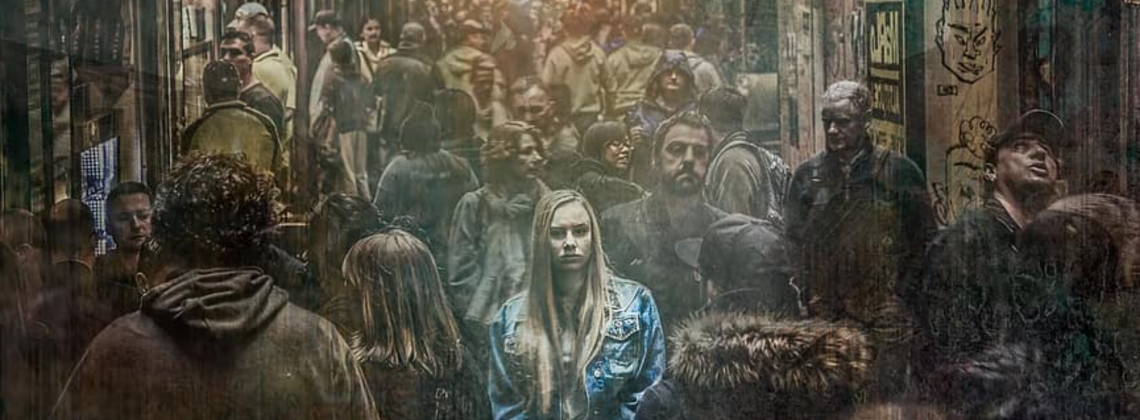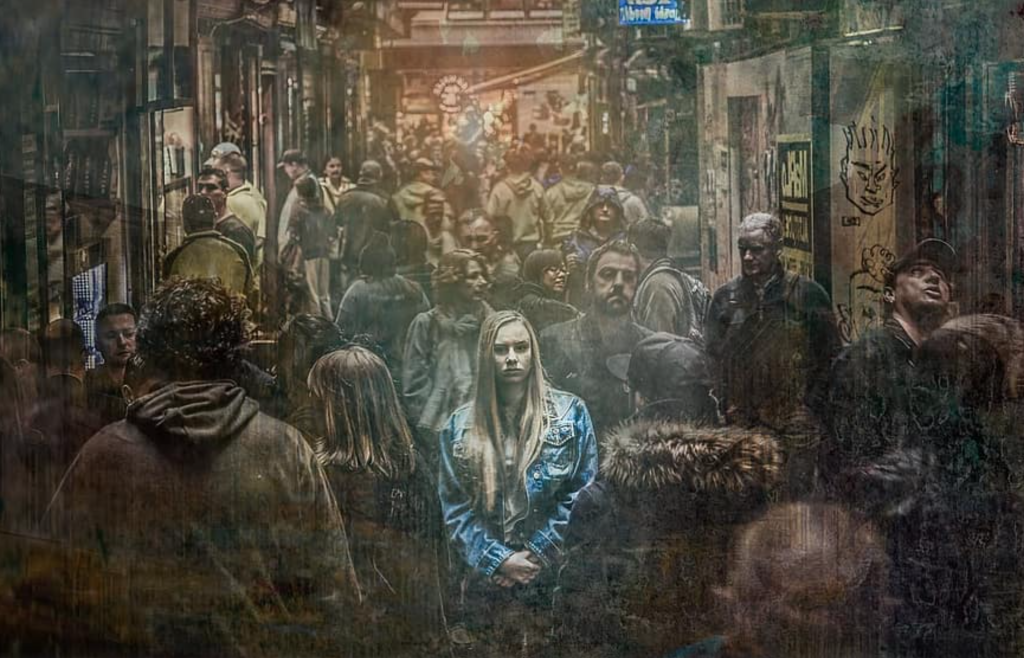

It begins with naming failures
As I was writing Love’s Braided Dance: Hope in a Time of Crisis, I kept a notecard on my desk that said, “Don’t forget how suspicious many people are of the idea of hope!” For young people especially, the term has lost its luster and resonance. Why? They have come to see the admonition to “Be Hopeful!” as cover for deferral and inaction in the face of enormous, hope-eroding problems like climate change, social and economic inequality, and the normalization of xenophobia and hatred.
I can’t blame them. The future we are asking them to live into is uninspiring and grim. It is, in fact, terrifying. That is why Greta Thunberg said, in a 2019 speech at the Davos Forum to some of the most powerful people on the planet, “I don’t want your hope. I don’t want you to be hopeful . . . I want you to feel the fear I feel every day . . . I want you to act as you would in a crisis. I want you to act as if your house is on fire. Because it is.”
What I learned early on is that many expressions of hope—and of optimism more generally— can create what a friend calls “the ultimate bystander effect.” Don’t worry. Someone or some technological invention will fix this. The spirit of innovation, along with the desire to profit from it, is alive and well. We need only be patient—and trust that the political and economic systems promising success will come through for us in the end.
Theological expressions of hope began to sound eerily similar. Don’t worry. God’s got this! God would never allow things to get so bad. We need only be patient, and trust that God will come through for us in the end.
I don’t mean to devalue the powers of invention and innovation, nor do I want to discredit faith in God. My aim, instead, is to argue that expressions of hope that position people as passive bystanders are false, even dangerous, because they leave the very conditions that create hopelessness in the first place unchallenged and uncorrected. Authentic hope inspires people to give themselves to the healing and nurturing of their communities and neighborhoods. It invites them to participate in the creation of a just and beautiful world.
As I thought about what makes hope authentic, an early clue came from the sage in Ecclesiastes, who said, “Whoever is joined with all the living has hope” (9:4). It was an unlikely place to look—Ecclesiastes is not the cheeriest of books in scripture. Much of his wisdom is brutally, if not depressingly, honest about our finitude, our suffering, and our propensity to make a mess of things. I figured that if Quoheleth could say a helpful word about hope, we should listen.
The first lesson: Hope and humility go together. One of the most noticeable characteristics of the power brokers and elites gathered at a place like Davos is their lack of humility and their inability to admit that the systems generating unprecedented wealth and comfort for some are also creating misery and hopelessness for many more. The result is that quintessentially modern projects to optimize every opportunity and acquire every good cannot be questioned or doubted.
The arrogance of this attitude is undeniable, but so too is its blindness. When people are so committed to continuing the way things are, and perhaps even believe their continuation is inevitable (think here of Frederic Jameson’s oft-repeated remark that it is easier to imagine the end of the world than it is to imagine the end of capitalism), then they also lose the ability to imagine and implement alternative futures.
To imagine a better future people must be able to name and study the failures of the past, and then correct them in the commitments they make for today. Which brings us to the second lesson: Hope depends on forgiveness, both the seeking and the granting of it. People cannot be “joined with all the living” if their very ways of being inflict harm or damage on others. This is why the work of hope is always communal. It advances as people come together to determine how they can create the conditions in which mutual respect and shared flourishing can occur.
Confession and repentance are crucial ingredients to a life of hope, but so too are mercy and grace, which is why love must be understood to be hope’s animating heart. Hope germinates wherever and whenever love goes to work. It grows as love takes root in a person’s life and world. It flowers and fruits when people feel the power of love nurturing and healing the neighborhoods in which they live. That is the third, and most important, lesson about hope.
In my reading of scripture, this way of hope is modeled first and foremost in God’s way of being with the world. From beginning (Genesis) to end (Revelation), we find that God has always wanted to be with us as the One who loves us into existence and then dwells with us, showing us how to be faithful to and forgiving with each other. Jesus does not tell his followers to sit back and relax because God’s got this. Instead, he invites them to continue his healing, feeding, and reconciling ways with everyone they meet. In doing so they bear witness to God’s astounding, abiding, and hope-inducing presence with us.
The source of hope is not us and what we do. To believe that would be to continue the arrogance that has gotten us into so much trouble in the first place. Instead, the hope we and our world desperately need is to be found in the love of God that daily creates, sustains, heals, and perfects this world. Faithful hope does not give up on this world and its life. Instead, it repositions us wherever we are so that whatever trouble comes our way can be met with love. To live a hopeful life is to be faithful to the God who invites us to participate in the reconciling of all things in heaven and on earth.
Norman Wirzba is Gilbert T. Rowe Distinguished Professor of Theology at Duke Divinity School, where he also serves as Director of Research for the Office of Climate and Sustainability and is Senior Fellow at Kenan Institute for Ethics. His most recent books are Love’s Braided Dance: Hope in a Time of Crisis, Agrarian Spirit: Cultivating Faith, Community, and the Land, and This Sacred Life: Humanity’s Place in a Wounded World.